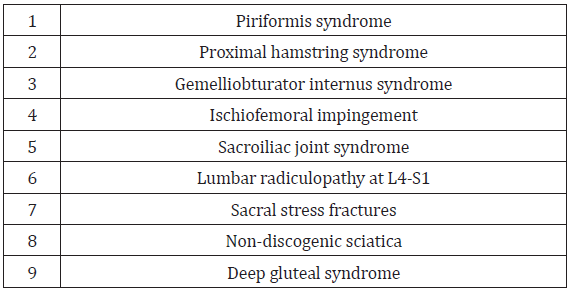Segmental Resection of Duodenal Adenocarcinoma: Case Report by Faris Dawood Alaswad in BJSTR
Abstract
Primary malignant tumors of the duodenum represent 0.3% of all
Castro-intestinal tract tumors but up to 50% of small bowel
malignancies.
Primary malignant tumors of the duodenum must be differentiated from
malignant tumors of the ampulla, pancreas and common bile duct.
The most frequent tumor of the duodenum is Adenocarcinoma [1,2]. Other
primary tumors are lymphomas, leiomyosarcomas, carcinoid
tumors, gastrinomas, and stromal tumors. Adenocarcinoma of the duodenum
may arise from duodenal polyps observed in familial polyposis
or Gardener’s syndrome, or be associated with celiac disease [3,4]. The
tumor can be located in any part of the duodenum but the most
frequent location is the second part. Malignant tumors of the duodenum
are observed with the same frequency in men and women. The peak of
frequency is the sixth decade, although the disease may develop in
younger patients. Signs and symptoms are non specific. The main symptoms
are: abdominal pain (15 to 60% of patients), weight loss (30 to 59%),
nausea and vomiting (25 to 30%), jaundice (20 to 30%), hemorrhage (10
to 38%). A palpable abdominal mass is found in less than 5% of the
patients [5].


No comments:
Post a Comment
Note: Only a member of this blog may post a comment.